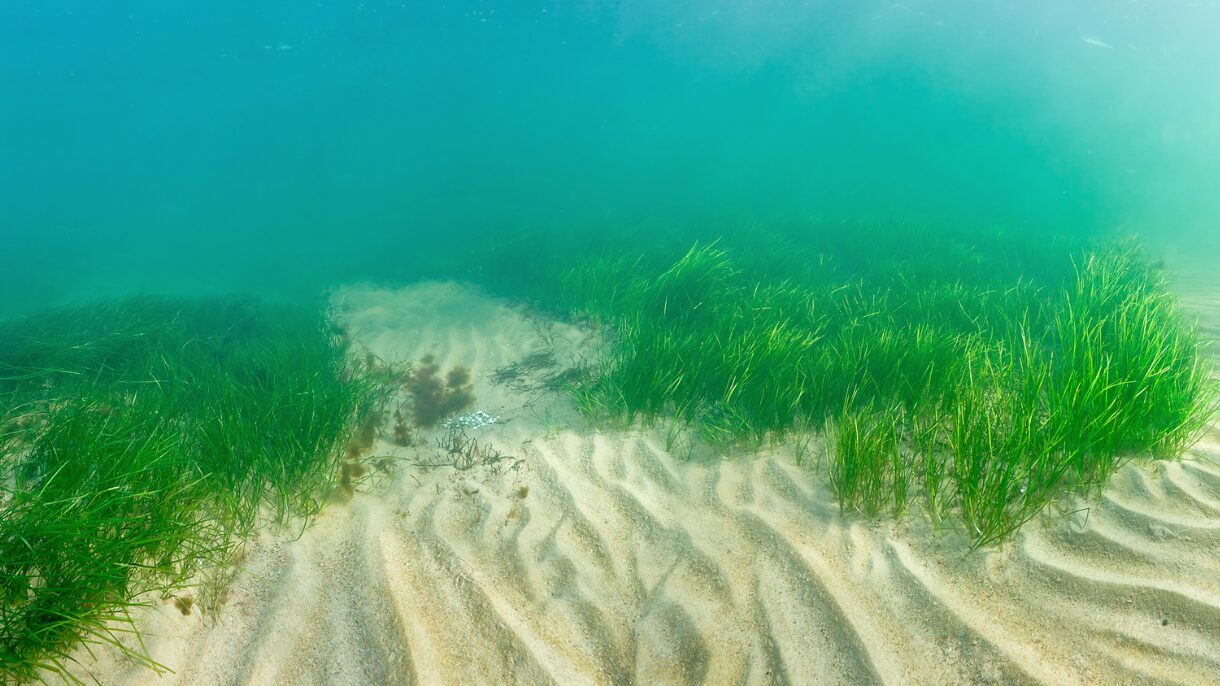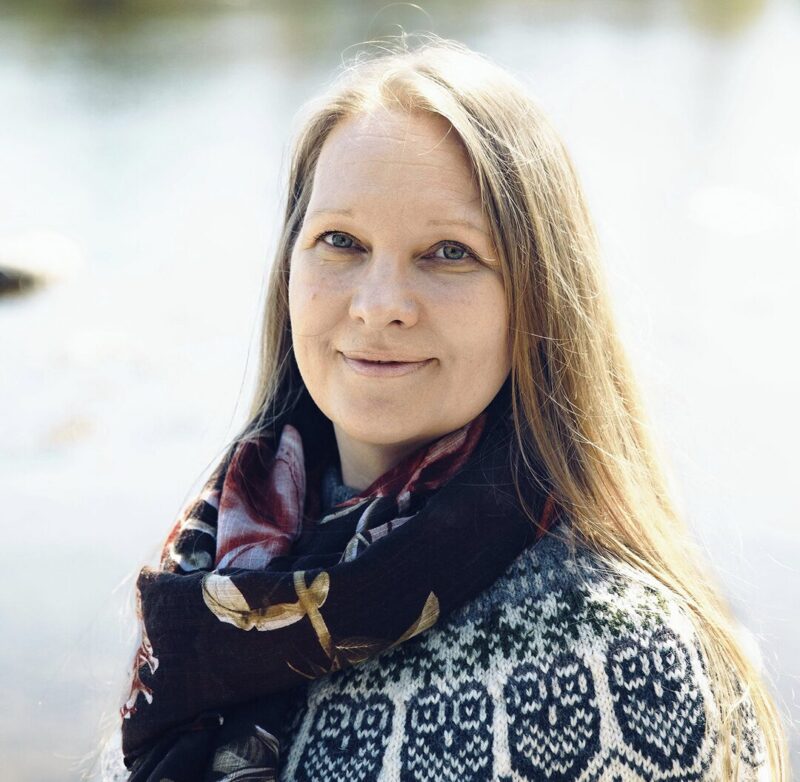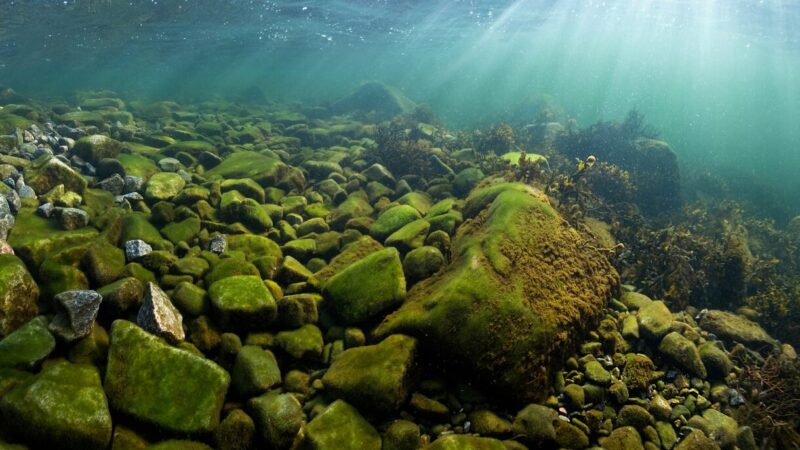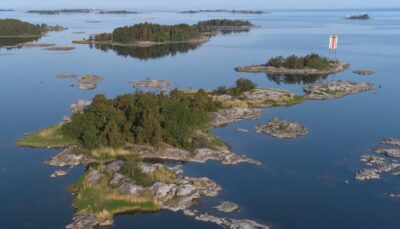The new Sea Too project aims to change the unsustainable use of marine resources

More information


Nature’s ability of renewal cannot keep up with the pace of human land and water use, resulting in the ongoing loss of biodiversity both on land and in marine environments. The goal of the new international Sea Too project is to change the unsustainable way humans use marine resources, pushing them beyond their ecological carrying capacity. Through the project, we aim to strengthen people’s relationship with marine nature and restore underwater habitats.
Both nature’s ecosystems and the human social and economic systems are dependent on vibrant and diverse nature. Unfortunately, we cannot change the historical dominance of humans over nature, but we can strive to alter the current activities and enhance nature’s ability to adapt to the inevitable climate and environmental changes of the future.
Our Sea Too project supports the goals of the EU’s restoration regulation, in which by 2030 at least 20 percent of the EU’s land and sea surface and by 2050 all weakened ecosystems in need of restoration will be covered by measures to improve the state of nature.
Restoration work fosters marine biodiversity
In the Sea Too project we combat nature loss in the Baltic Sea by restoring important key species and habitats. We use multiple methods of restoration: we transplant common eelgrass seedlings, restore sandy bottoms and return stone reefs to areas that have been stripped of them. In addition, throughout the project, we will continuously follow the development of new marine restoration methods.
Seagrass meadows are a key habitat in the sandy and gravel bottoms of the Baltic Sea: they function as an important environment for many species. Furthermore, the meadows bind nutrients and carbon, clarify water and prevent seabed erosion. Yet, seagrass meadows have weakened and disappeared from many areas due to eutrophication and construction.
By transplanting common eelgrass seedlings and restoring seabeds with sand, we strengthen the meadows and return them to areas from which they have disappeared.
“Promising results have been obtained from transplanting eelgrass for example in Sweden, where they have experience of using the method for already a decade. In the right location, the plants spread quickly, and diverse species can return to the planted seagrass meadow in just a couple of years. However, environmental conditions have to be suitable for the seagrass to properly recover. Therefore, alongside the restoration measures, it is important to continue long-term efforts to reduce eutrophication in the Baltic Sea”, explains Miina Mäki, Head of Programme at John Nurminen Foundation.
In addition to restoring seagrass meadows, we return disappeared rock reefs back to the sea. In the past, rocks have been ‘fished’ in large amounts in Skåne, among other places, for construction purposes, leading to a decline in biodiversity below the sea surface. When rocks are returned to the seabed, they offer shelter and a habitat for numerous important species of the coastal areas.

The goal is to bring about a lasting change in human behavior
We cannot stop the loss of nature unless there is a change in humans’ overbearing relationship with nature – including the nature underneath the surface of the Baltic Sea. A change requires understanding the relationship people have with the sea: comprehending local customs, historical knowledge, and culture.
In the Sea Too project, we collect information and strengthen people’s connection to the sea. Together with local actors, we organize engaging workshops that feed hope and imagination. The goal is to find out how the ways of using the sea have changed, and what kind of relationship the locals have with the sea, both now and in the past.
By gaining a better understanding, we can generate a sustainable change in attitude and action, in which the voice of local communities is heard.
Our goal is to better understand and strengthen the human connection to the sea, also through the means of art. We will build a sound piece created in local conditions in the partner countries of the project: a piece where human and the sea come together.
”We can achieve lasting change only by openly and honestly confronting both the uncomfortable aspects of the human relationship with the sea and the areas of hope. This work requires the involvement of both the local communities and companies as well as the fields of culture, science and art. By fostering empathy towards marine species, our goal is to promote a more sustainable relationship with the sea than currently exists”, sums Elina Tuomarila, the Cultural Producer of the foundation.


